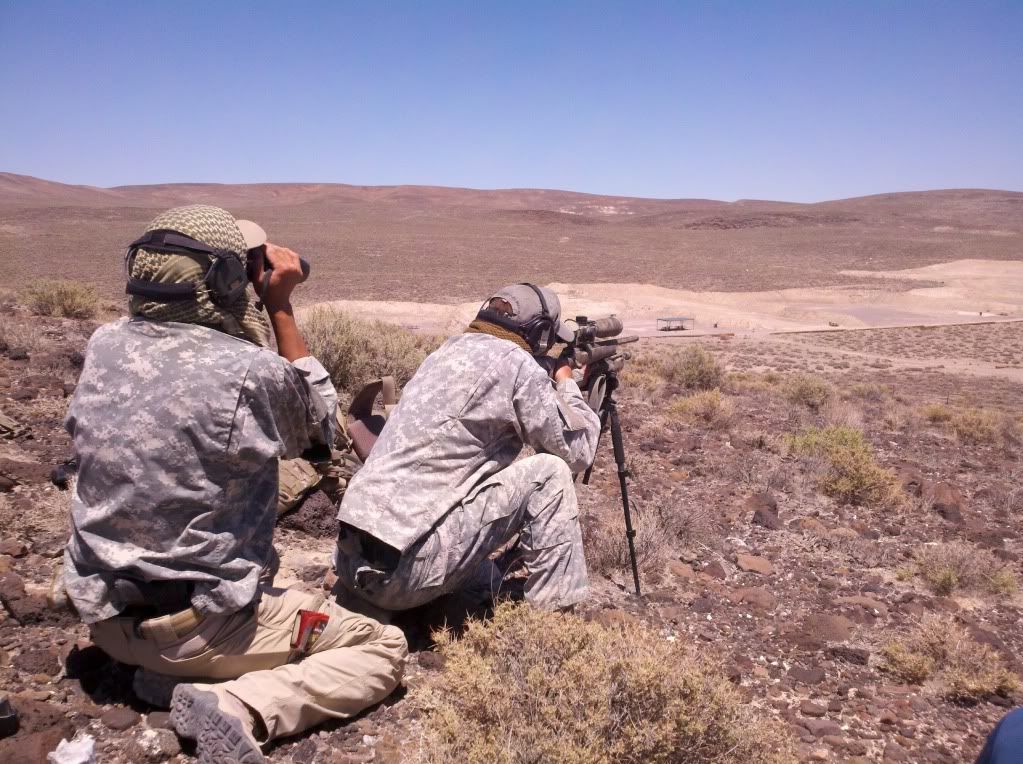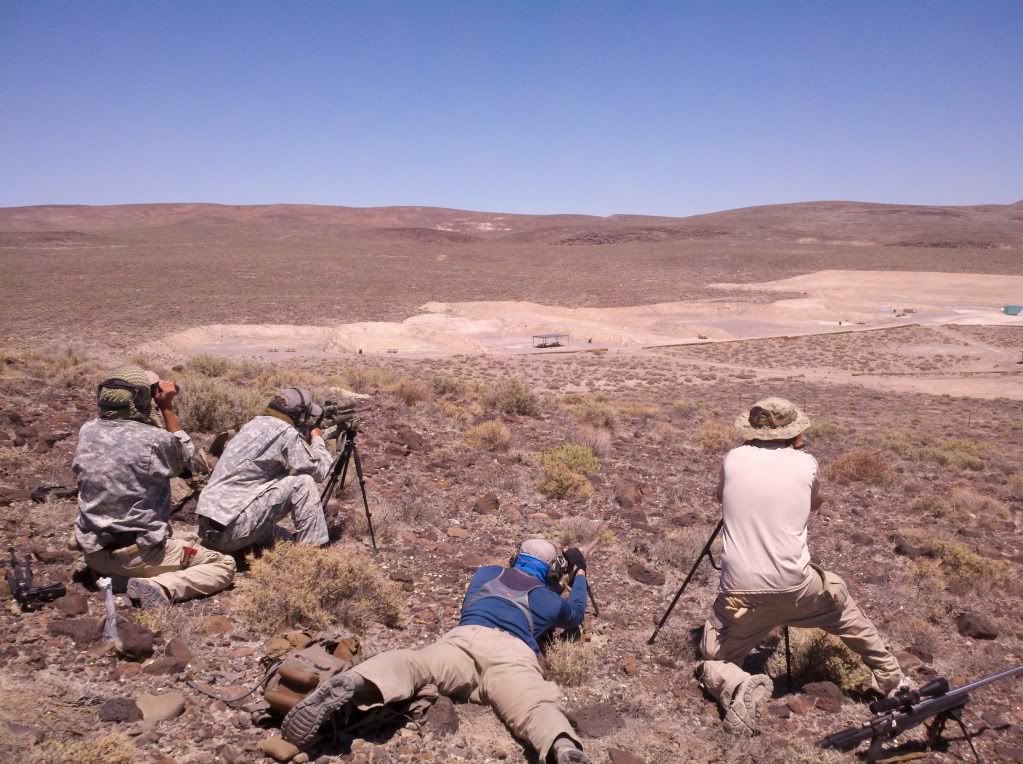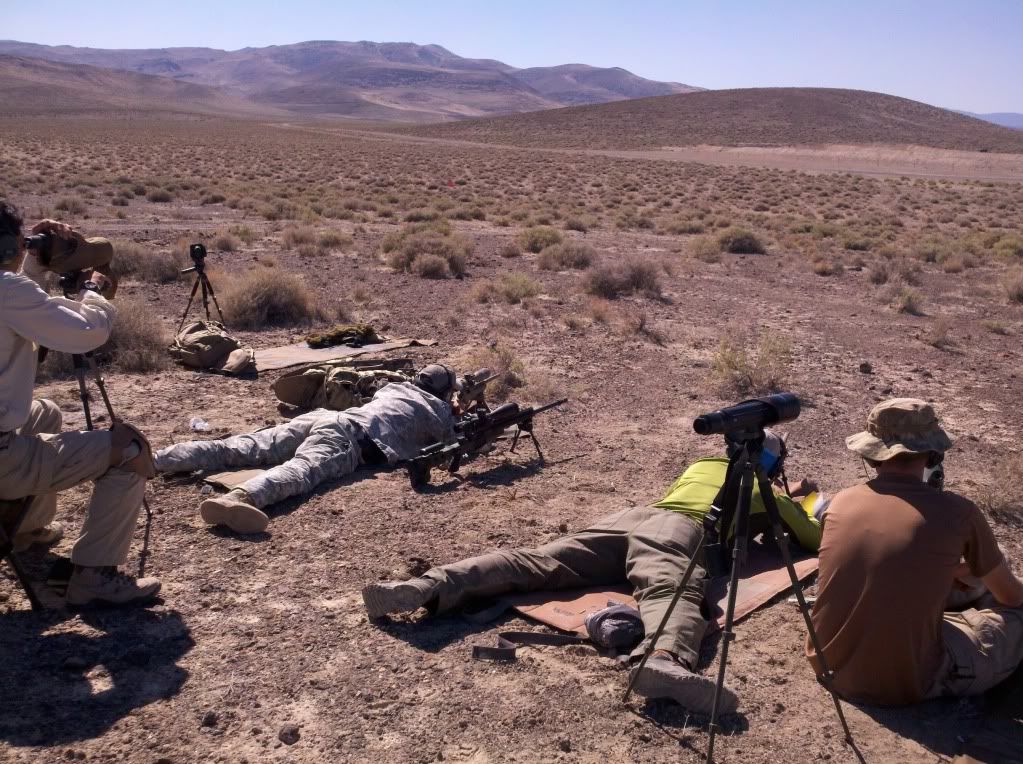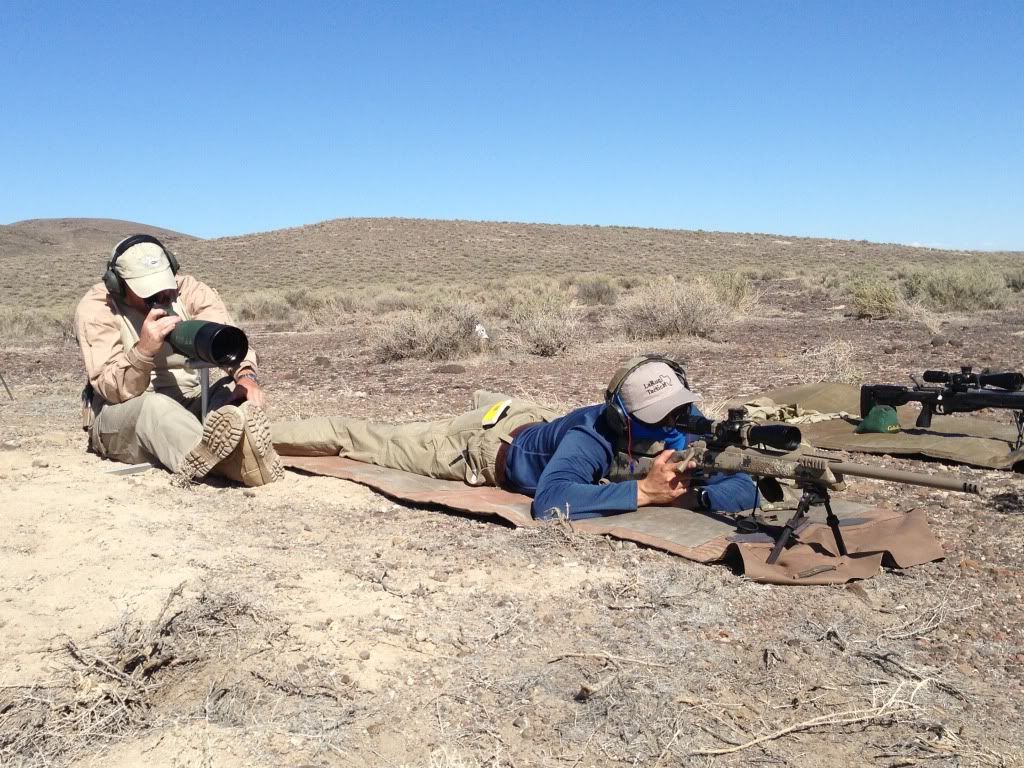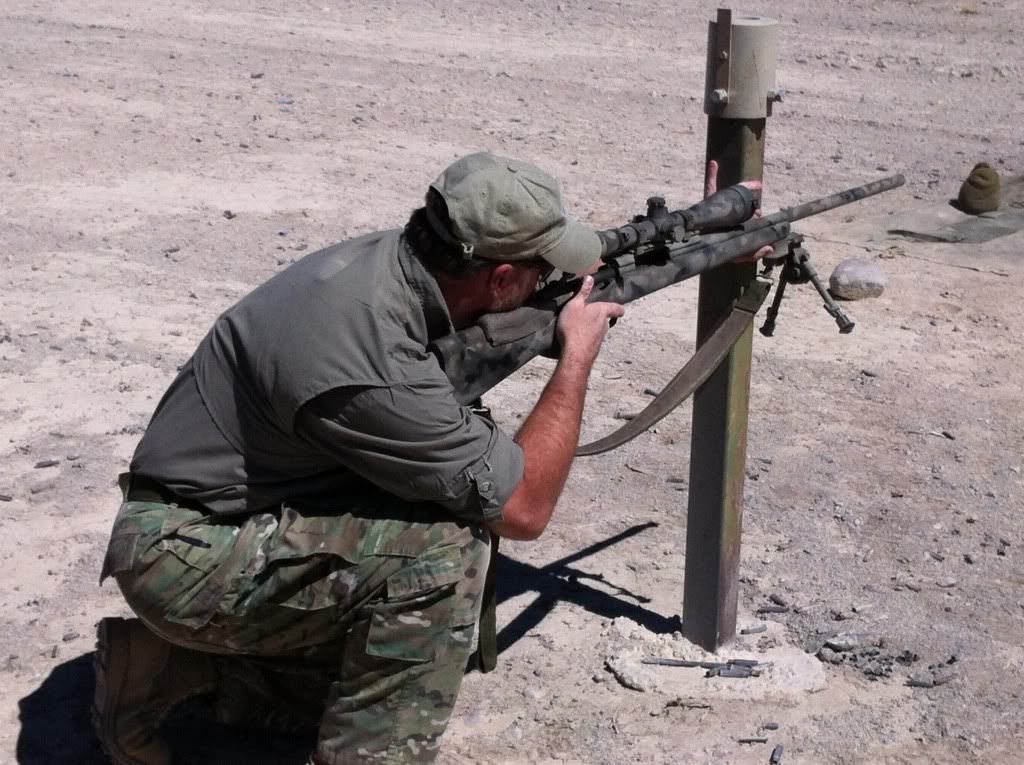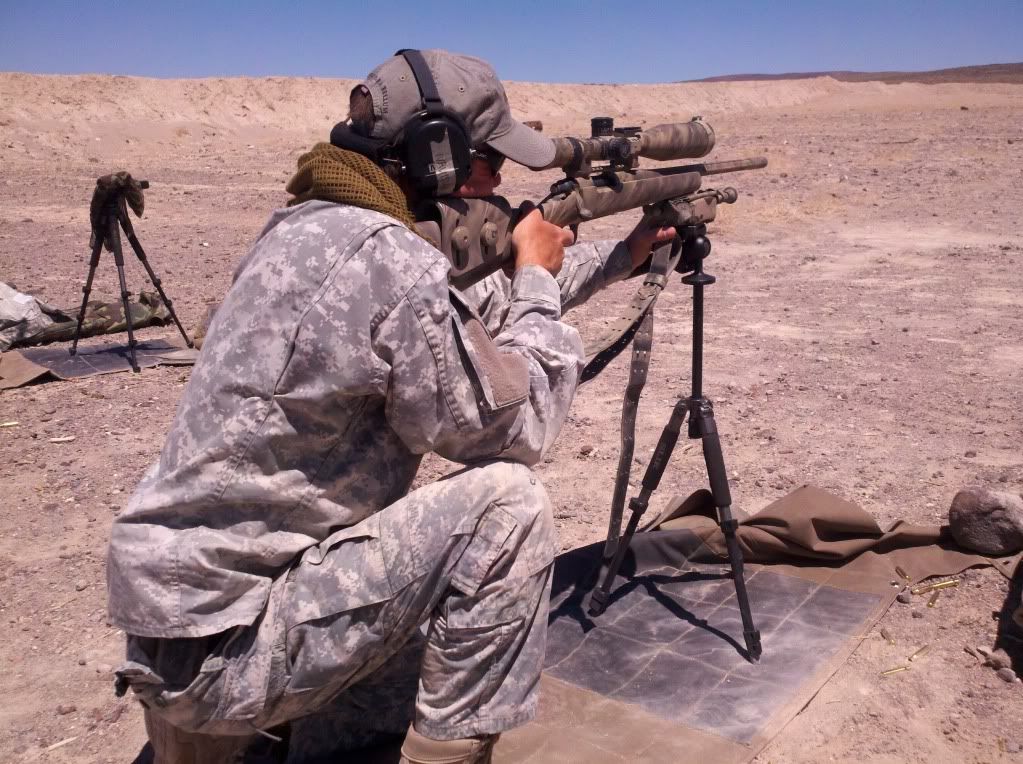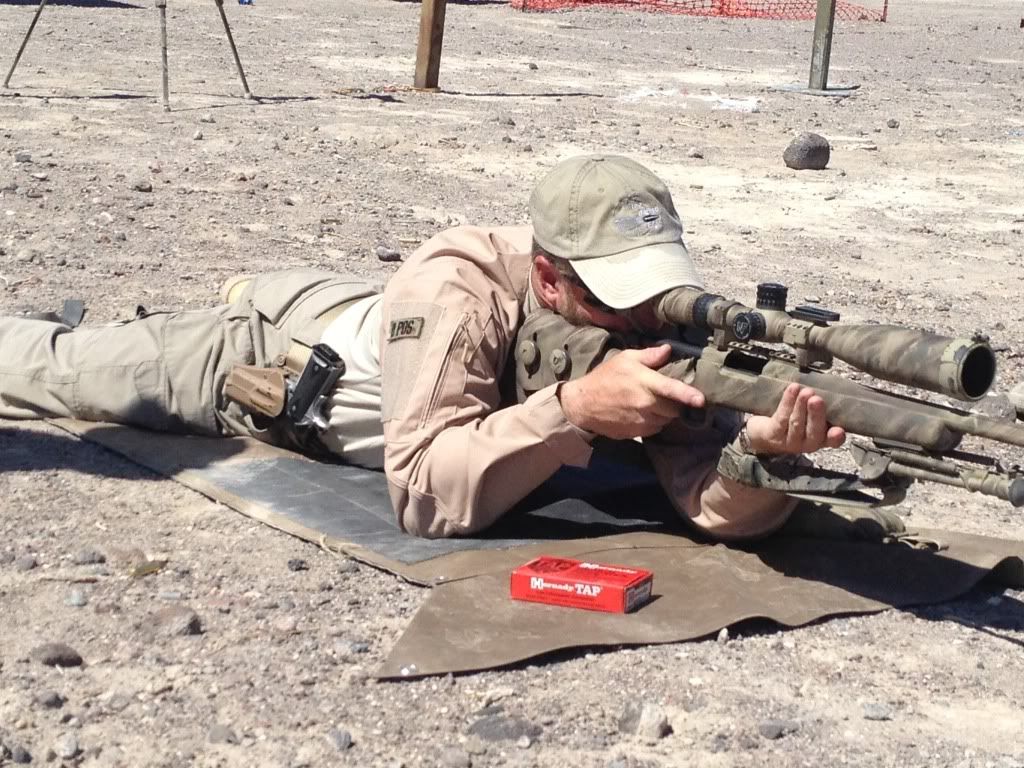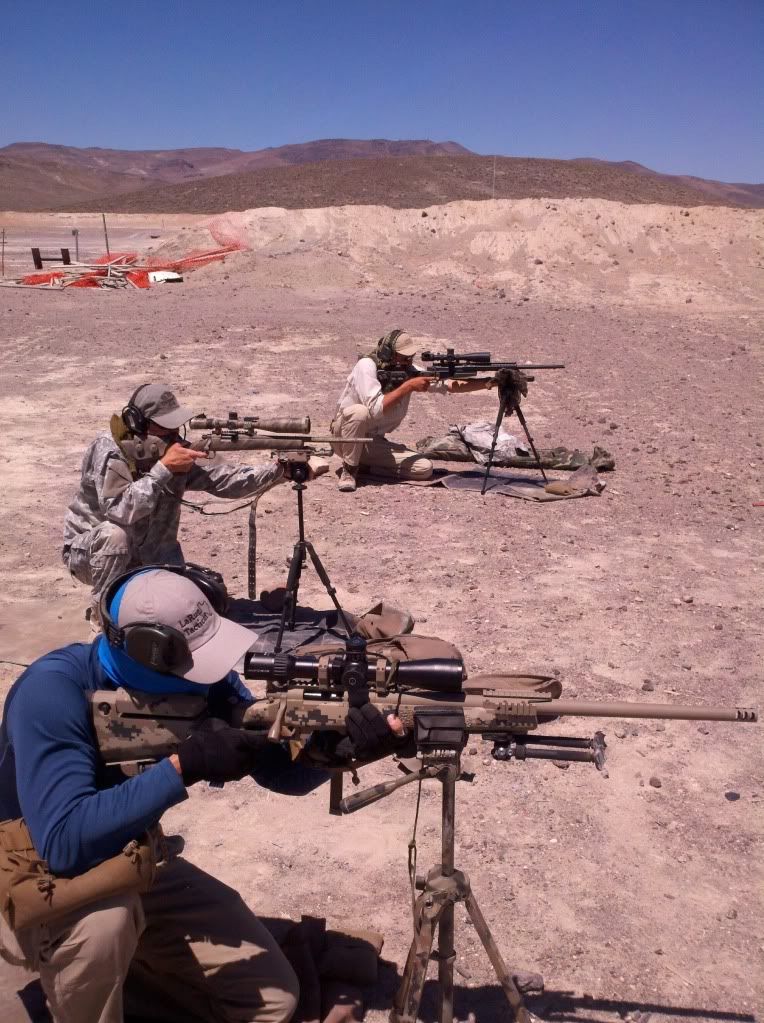First off, I would like to state that I’m not affiliated with either organization except that I have taken several classes from both. I do not have any financial interest with them either, and am taking my personal time to type up this review only because I feel that this course was absolutely amazing.
The course was held in Fernley NV at LMS defense’s Combat Development Center which is a 40-acre range facility with 10 live fire ranges with plenty of space to safely shoot out pass 1000 yards. We had the whole facility to ourselves and shoot at multiple locations up on hills, down in the valley, etc and not just on a static range. LMS Defense | Law Enforcement Training | Classes & Courses
The facility is in a flat valley with several hills and small mountains surrounding it, so it provided multiple wind conditions from different directions. Wind varied from 0 to 30+ mph with funneling, swirling and changing of directions depending on from where we shot from.
One definite good thing about Northern Nevada is the amply open space and average of 252 Sunny days per year. The 3-days for this precision rifle course were no different, sunny and starting the day at high 60s and getting up to the mid-90s degrees. It was hot and dry, but not unpleasant. The temperature variation that can occur in during one day in the high Sierra desert is great for helping to estimate powder velocity changes with temperature without other multiple variables changing.
Dan Flowers was the instructor (The Ballistic Edge - Sniper Training). He is a true gentleman and scientist. He teaches you based on evidence and not just because of some unproven dogma. He makes you question everything and pushes you to find a reason or explanation instead of just accepting it as fact. If there is something about precision rifle that you have a question about, chances are he knows the answer…and if he does not, he won’t make up something, but rather just tells you why there isn’t a solid answer and what evidence is lacking. He is very practical with what he teaches and is easily approachable.
One of the most impressive things about this course was that the instructor made us commit our DOPE to memory including wind drift. All the students were able to make impressive hits at extended ranges in a final exercise competition without a ballistics calculator, DOPE card, Kestrel or any electronic device except for a range finder. This was something that I was skeptical and worried about doing, but was very impressed as to how well everyone did. Here is an example of some of the impressive hits; all the students hit a bowling pin at 450 yards within 2 shots, and hitting a head size target hidden behind a barrel at 400 yards.
Here are a few things we learned:
- Accurate wind calls, almost every student eventually learned to call direction and effect of wind within 2mph
- Effects of barrel conditions (e.g. cold bore, hot bore, clean bore, copper fouled, carbon fouled, any combination of those)
- Temperature effects on powder velocity (fps/degree F) depending on caliber
- Calculating our actual bullet velocity from accurate corrections in drop by shooting paper targets at range
- Alternative supported and unsupported shooting positions
- Prone shooting and fundamentals of marksmanship
- Rifle maintenance and cleaning
- Memorizing DOPE and wind drift, Not to depend on a ballistics calculator or Kestrel
I could keep going on and on, but the rest has been well-summarized by this following post on calguns.
The course was held in Fernley NV at LMS defense’s Combat Development Center which is a 40-acre range facility with 10 live fire ranges with plenty of space to safely shoot out pass 1000 yards. We had the whole facility to ourselves and shoot at multiple locations up on hills, down in the valley, etc and not just on a static range. LMS Defense | Law Enforcement Training | Classes & Courses
The facility is in a flat valley with several hills and small mountains surrounding it, so it provided multiple wind conditions from different directions. Wind varied from 0 to 30+ mph with funneling, swirling and changing of directions depending on from where we shot from.
One definite good thing about Northern Nevada is the amply open space and average of 252 Sunny days per year. The 3-days for this precision rifle course were no different, sunny and starting the day at high 60s and getting up to the mid-90s degrees. It was hot and dry, but not unpleasant. The temperature variation that can occur in during one day in the high Sierra desert is great for helping to estimate powder velocity changes with temperature without other multiple variables changing.
Dan Flowers was the instructor (The Ballistic Edge - Sniper Training). He is a true gentleman and scientist. He teaches you based on evidence and not just because of some unproven dogma. He makes you question everything and pushes you to find a reason or explanation instead of just accepting it as fact. If there is something about precision rifle that you have a question about, chances are he knows the answer…and if he does not, he won’t make up something, but rather just tells you why there isn’t a solid answer and what evidence is lacking. He is very practical with what he teaches and is easily approachable.
One of the most impressive things about this course was that the instructor made us commit our DOPE to memory including wind drift. All the students were able to make impressive hits at extended ranges in a final exercise competition without a ballistics calculator, DOPE card, Kestrel or any electronic device except for a range finder. This was something that I was skeptical and worried about doing, but was very impressed as to how well everyone did. Here is an example of some of the impressive hits; all the students hit a bowling pin at 450 yards within 2 shots, and hitting a head size target hidden behind a barrel at 400 yards.
Here are a few things we learned:
- Accurate wind calls, almost every student eventually learned to call direction and effect of wind within 2mph
- Effects of barrel conditions (e.g. cold bore, hot bore, clean bore, copper fouled, carbon fouled, any combination of those)
- Temperature effects on powder velocity (fps/degree F) depending on caliber
- Calculating our actual bullet velocity from accurate corrections in drop by shooting paper targets at range
- Alternative supported and unsupported shooting positions
- Prone shooting and fundamentals of marksmanship
- Rifle maintenance and cleaning
- Memorizing DOPE and wind drift, Not to depend on a ballistics calculator or Kestrel
I could keep going on and on, but the rest has been well-summarized by this following post on calguns.

